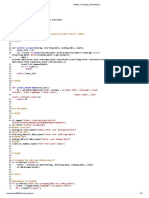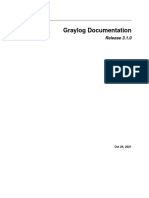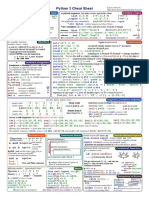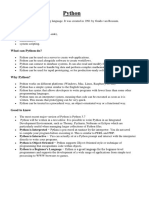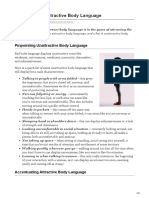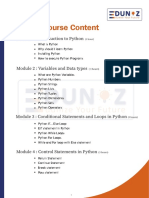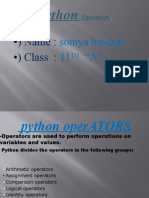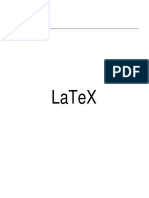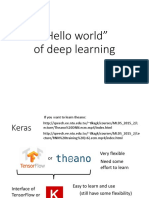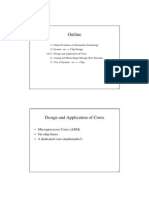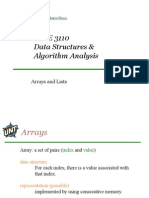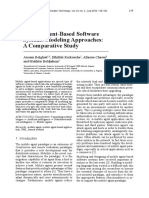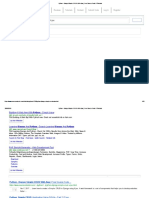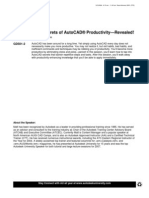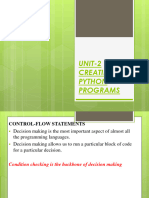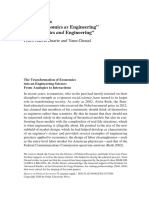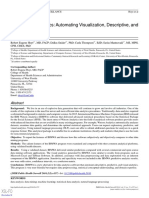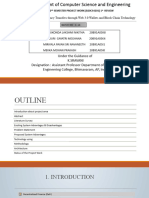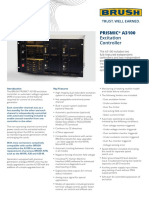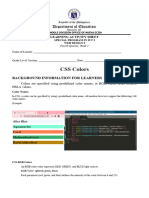0% found this document useful (0 votes)
150 views30 pages2 - Distinguishing Python PDF
This document summarizes a presentation on distinguishing Python in Maya. The presentation covers working with Maya Python modules, importing modules, using utility functions like executeInMainThreadWithResult(), initializing Maya as a standalone application in Python, and interoperability between Python and MEL scripting.
Uploaded by
GustavoLadinoCopyright
© © All Rights Reserved
We take content rights seriously. If you suspect this is your content, claim it here.
Available Formats
Download as PDF, TXT or read online on Scribd
0% found this document useful (0 votes)
150 views30 pages2 - Distinguishing Python PDF
This document summarizes a presentation on distinguishing Python in Maya. The presentation covers working with Maya Python modules, importing modules, using utility functions like executeInMainThreadWithResult(), initializing Maya as a standalone application in Python, and interoperability between Python and MEL scripting.
Uploaded by
GustavoLadinoCopyright
© © All Rights Reserved
We take content rights seriously. If you suspect this is your content, claim it here.
Available Formats
Download as PDF, TXT or read online on Scribd
/ 30





